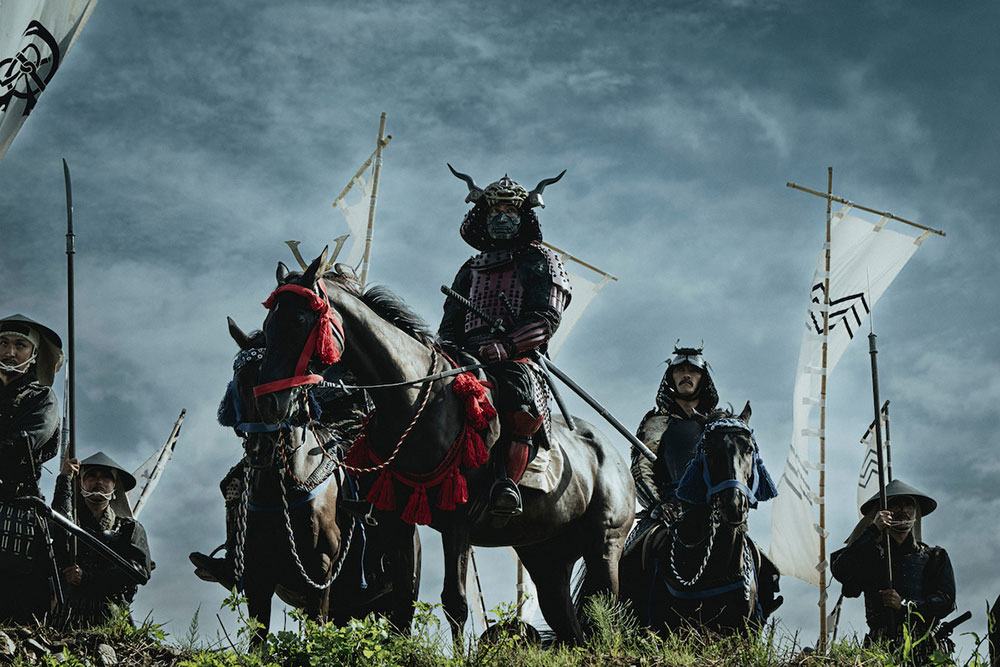The Japanese sword (nihontō) transcends its function as a weapon to embody centuries of metallurgical genius, aesthetic philosophy, and samurai ethos. Its construction—a harmonious blend of art and engineering—reveals why it remains an object of global fascination. Here, we unravel its secrets from the resilient backbone (mune) to the lethal tip (kissaki).
The Soul in Steel: Historical Evolution
Japanese swords evolved from Chinese and Korean straight blades (chokutō) in the 8th century. By the Heian period (794–1185), smiths adapted designs for cavalry combat, curving the blade to optimize slashing from horseback. This curvature, called sori, became the hallmark of the tachi—a predecessor to the iconic katana. Key shifts included:
- Kamakura period (1185–1333): Blades grew wider and heavier to counter Mongol invaders’ leather armor, with kissaki (tips) evolving into robust fukura-kabu (boar’s neck) shapes for piercing
- Muromachi period (1336–1573): Infantry warfare replaced cavalry, favoring shorter uchigatana (striking swords) worn edge-up for quick draws
- Edo period (1603–1868): Swords became symbolic art pieces, with elaborate hamon (temper lines) and gold-inlaid fittings
Table: Evolution of Blade Geometry
| Period | Blade Type | Key Feature |
| Heian (794–1185) | Tachi | High sori, narrow profile |
| Kamakura (1185–1333) | Tachi | Wide body, thick kissaki |
| Muromachi (1336–1573) | Katana | Moderate sori, edge-up carry |
| Edo (1603–1868) | Decorative | Artistic hamon, slender form |
Anatomy of a Masterpiece: From Mune to Kissaki
A Japanese sword’s power lies in its meticulously engineered components:
1. Mune (棟, Backbone)
The unsharpened spine absorbs shock during strikes. Its shape—iori-mune (steep roof-like) or maru-mune (rounded)—balances flexibility and rigidity. Thicker muneprevent bending, critical for heavy ōdachi (great swords)
2. Shinogi (鎬, Ridgeline)
This raised line divides the blade’s ji (flat surface) and ha (edge). Shinogi-zukuri (ridged construction) dominates katanadesign, creating a hexagonal cross-section that deflects impact while reducing weight
3. Hamon (刃文, Temper Line)
A wavy pattern formed by differential hardening. Smiths coat the blade in clay slurry before quenching: thin clay on the edge cools rapidly into hard martensite, while the spine cools slowly into softer pearlite. Styles range from suguha (straight) to gunome (zigzag), reflecting school traditions
4. Kissaki (切先, Tip)
The kissaki’s geometry determines thrusting efficiency. Types include:
-
- Ko-kissaki (small): Common in Heian-era tachi, agile but fragile.
- Ō-kissaki (large): Kamakura-era style, ideal for heavy armor penetration.
- Ikubi-kissaki (boar’s neck): Short and robust, optimized for battlefield durability
The bōshi (tip temper line) must seamlessly continue the hamon, a mark of master smiths.
5. Nakago (中心, Tang)
Hidden within the hilt, the tang reveals a sword’s history. Yasurime (file marks) and mei (smith signatures) authenticate age and lineage. Nakago-jiri (tang end) shapes—like kuri-jiri (chestnut) or kiri (flat)—indicate periods and schools.
The Unseen Craft: Metallurgy and Spirit
Japanese swords derive resilience from tamahagane steel, smelted from iron sand in traditional tatara furnaces. The process involves:
- Folding: Steel is hammered flat, folded 15–20 times to remove impurities and create 30,000+ layers. This produces jihada (grain patterns) like masame (straight) or itame (woodgrain)
- Differential Hardening: As noted, clay insulation creates the hamon, while the blade’s curvature emerges from uneven thermal contraction (sori)
- Polishing: A 10-stage process using waterstones sharpens the edge to molecular precision, revealing hidden textures in the steel.
Koshirae (拵): The Sword’s Second Skin
A sword’s mountings marry function and artistry:
- Tsuba (鍔, Guard): Often intricately carved, it balances the blade and protects the hand.
- Saya (鞘, Scabbard): Lacquered wood prevents corrosion; koiguchi (mouth) and kojiri (end cap) secure the blade.
- Tsuka (柄, Hilt): Wrapped in samegawa (stingray skin) and tsuka-ito (silk cord) for grip, with menuki (ornaments) symbolizing luck.
Conclusion: The Blade as Cultural Vessel
From the mune’s stoic resilience to the kissaki’s decisive bite, every element of the Japanese sword reflects a dialogue between bujutsu (martial efficacy) and bi (aesthetic purity). It remains a testament to human ingenuity—where steel is not merely shaped, but breathed into life.






